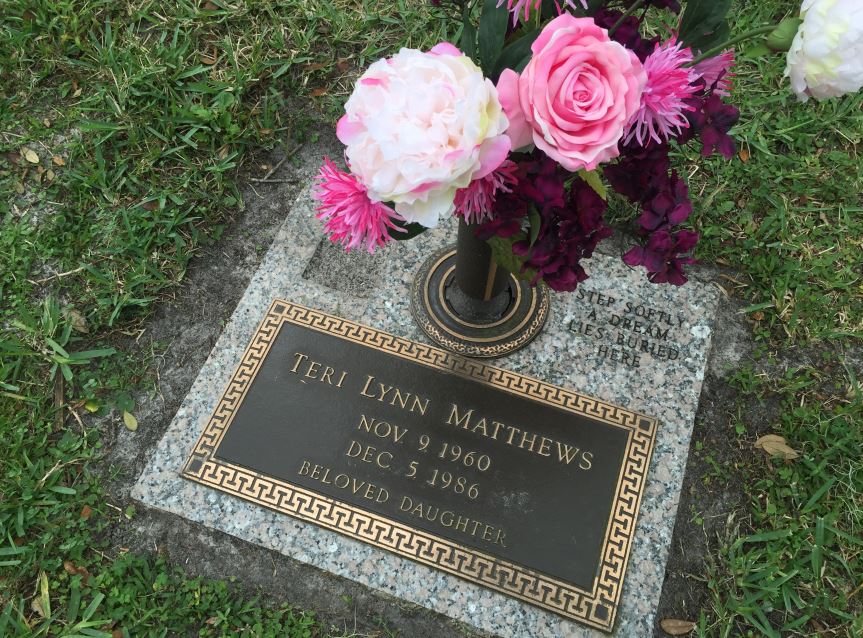STARKE, FL (WFLA) – The death chamber and adjoining witness room at the Florida State Prison near Starke is an eerie place. It is a killing room where state-ordered homicides occur with regularity. I’ve been there six times and watched six men die. Thursday night, I witnessed the convicted Tampa Bay serial killer Oscar Ray Bolin become the 92nd person to face the death penalty in Florida since it resumed in 1979 with the electrocution of John Spenkelink.
Bolin died from the lethal injection, which involves the intravenous injection of a series of three drugs-one to render the inmate unconscious, the second that paralyzes muscles and halts breathing and the third one that stops the heart. In Bolin’s case that process lasted 11 minutes without a hitch. A large red digital clock on the death chamber wall ticks off the moments for all to see.
Bolin’s defense attorney Bjorn Brunvand mounted an unsuccessful last-minute appeal with the U.S. Supreme Court to save his life. That delayed the execution by four hours while Bolin sat in a nearby holding cell in the company of the prison warden. Finally, at 10:05 p.m. Brunvand’s appeal had run its course without success and he ended up watching Bolin die from a front row seat in the witness room. About 40 people witnessed the event unfold sitting shoulder to shoulder in a small room that measures roughly18 by 12 feet.
The tension in the death chamber witness room is severe. Some witnesses fear this moment. Others embrace it. Some are there to observe with as much dispassion as they can muster. It’s typically silent as a tomb. Bolin’s execution was no exception.
“For him to be strapped on a gurney and be injected with poison and murdered and killed I think that’s disgusting,” Brunvand told reporters outside of the prison about 30 minutes later. “I think that’s something that most civilized nations have recognized – it doesn’t belong in our society.”
Kathleen Reeves, mother of Bolin’s 1986 murder victim Teri Lynn Matthews, sat in the center seat of the witness room’s front row, several seats away from Brunvand. Reeves’ stoic face was reflected in the death chamber’s one-way mirror behind the gurney that shields an anonymous executioner from public view.

“It was not a celebratory event,” Reeves later told reporters. “But I do feel relieved that it has finally occurred.” Reeves had waited for that moment for 30 years, endured 10 trials and countless appeals.

During the execution and in the moments beforehand, Reeves grasped the hand of Donna Witmer, the mother of Stephanie Collins who was another one of Bolin’s Tampa Bay murder victims back in 1986. A third victim’s mother, Natalie Holley-whose daughter Natalie Blanche Holley was also killed by Bolin, did not live long enough to see Bolin’s execution, just as she predicted would happen during one of Bolin’s re-trials in 1996.
Thursday evening in the prison country of rural North Florida where 385 men and five women on the death row await their turn, Reeves watched in silence as the life of Oscar Ray Bolin slipped away with clinical precision. A doctor checked his vital signs and pronounced Bolin dead at 10:16pm. A prison administrator announced the sentenced had been carried out and a brown vinyl curtain between the witness room and the death chamber silently closed on cue.
Brunvand later described the execution as barbaric. Reeves called it a relief. “I will go to my grave knowing I had experienced closure in my daughter’s murder,” said Reeves.
And then she went home.